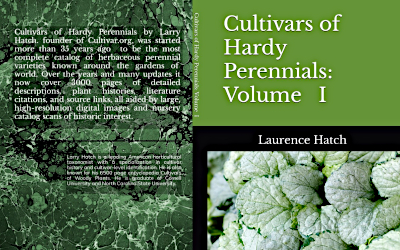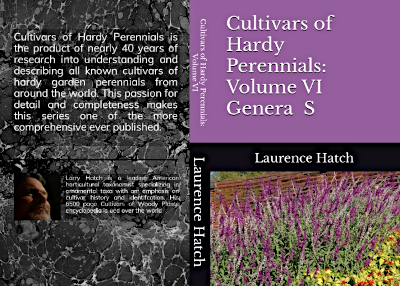


All print editions are 100% premium color paper - not just a few color plates here and there.
* Yes, we are going to press with 2000 pages of perennial information in full, bright, digital color.
* This has never been done before.
* No traditional print publisher will go near our work for the daunting cost of setup and printing.
* In 2022 it is possible and more affordable.
* We're going to make this happen!
* All volumes by late Spring or early Summer 2023.
* Thanks for helping us make this the "go to" perennial reference around the gardening world.

Volumes in paperback are available in the order their revisions are complete, concluding in 2023 with all volumes in the series in their First Edition. Because of our print-on-demand (pod) model, we will begin with 2nd Editions in 2024 depending on the volume of new material available in those genera.


Cultivar.org is devoted to the history of ornamental landscape plant cultivars and has invested large resources and time to resolve mysteries, document new introductions, and clarify confusing names.
For more than four decades, Mr. Hatch and his devoted research staff have traced cultivar histories. Someome asked "where did that crazy Ajuga reptans metallica crispa come from"? We didn't know. We looked and searched and found the answer as seen on the plate below. Full details appear in Volume I.
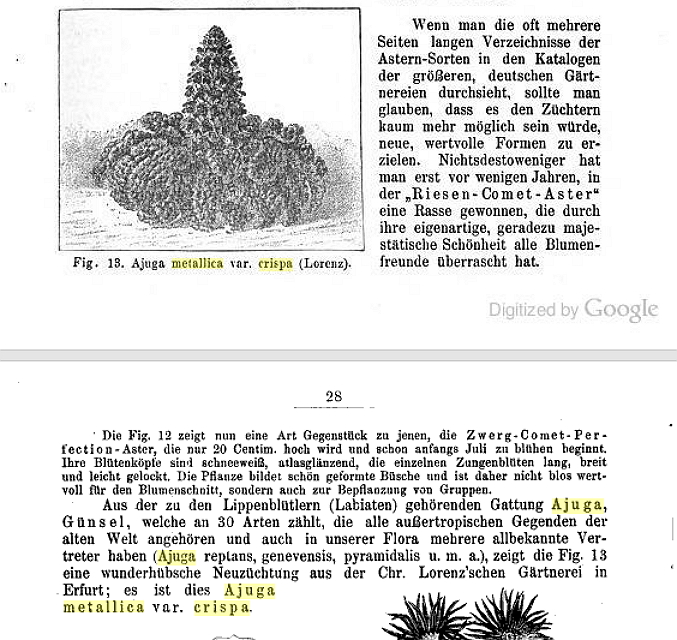
What did the original 'Majestic' Liriope look like and is the same as what we have today? Details on the first question appear in Volume IV. The answer to the second question is no. In our volumes we show a modern 'Majestic' from a major botanical garden and that is something very different form these images by the originator.
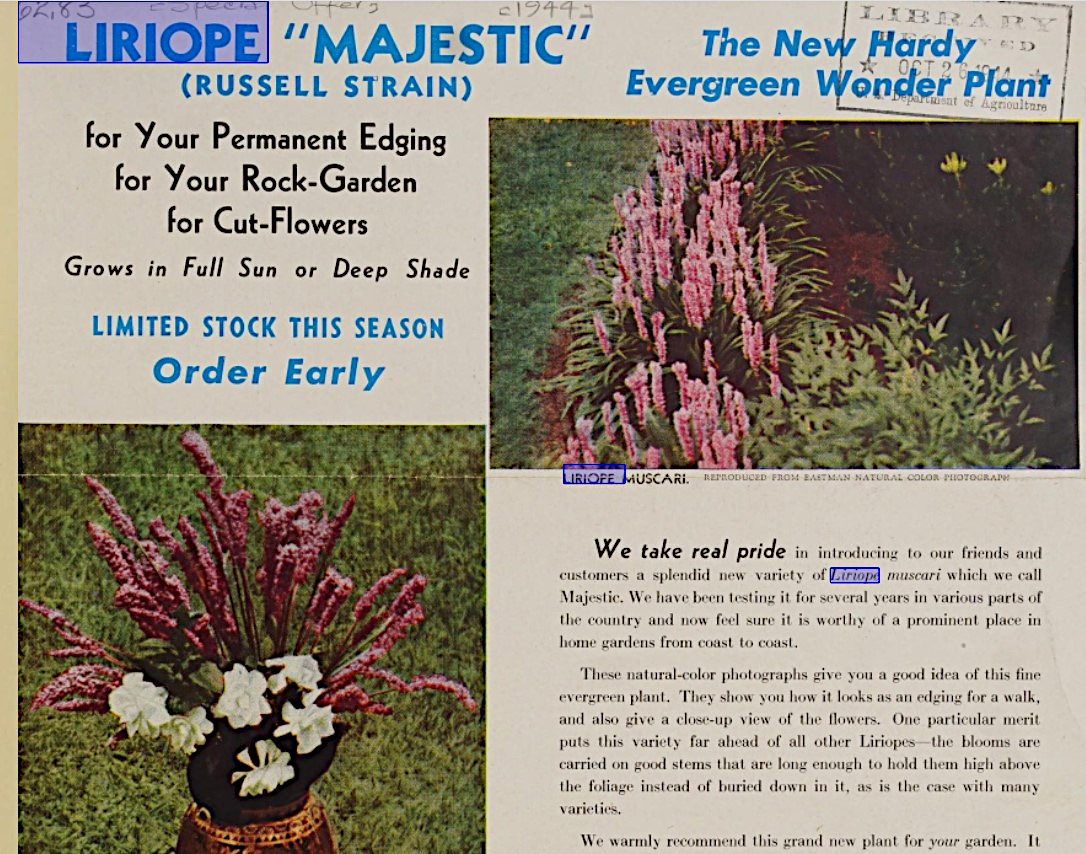
We go back time and time again to old nursery catalogs and articles to find out what a cultivar was and should be. These nomenclatural standards or "historical intent" are important, especially as time has passed and so many perennials are raised from seed.
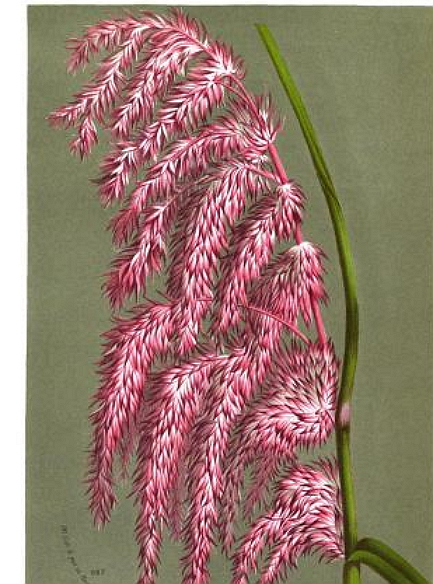
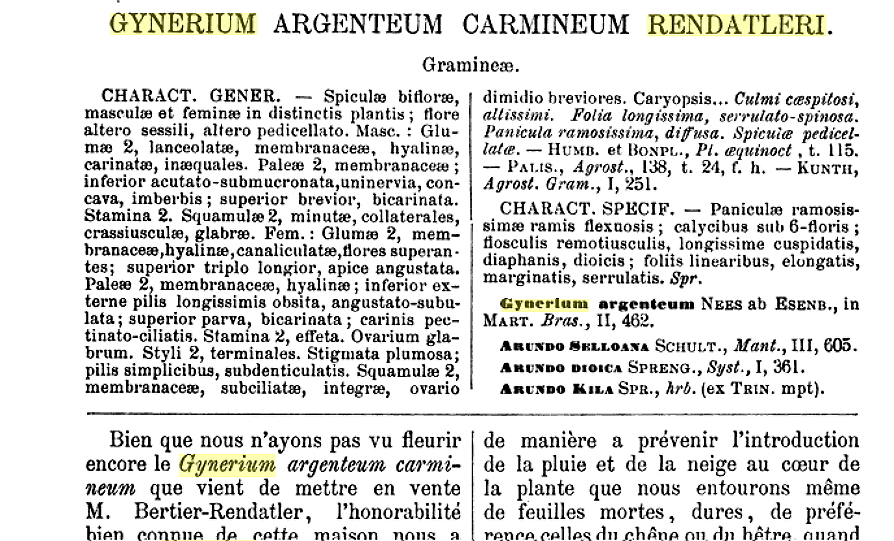 \
\Someone asked what is this hardy cactus called Opuntia cacanapa 'Ellisiana'. We found the original description when it was considered a species and the full profile is included in Volume IV under Opuntia.

We also publish and include original places of publication whether they be modern websites or old catalogs which we sample and scan.
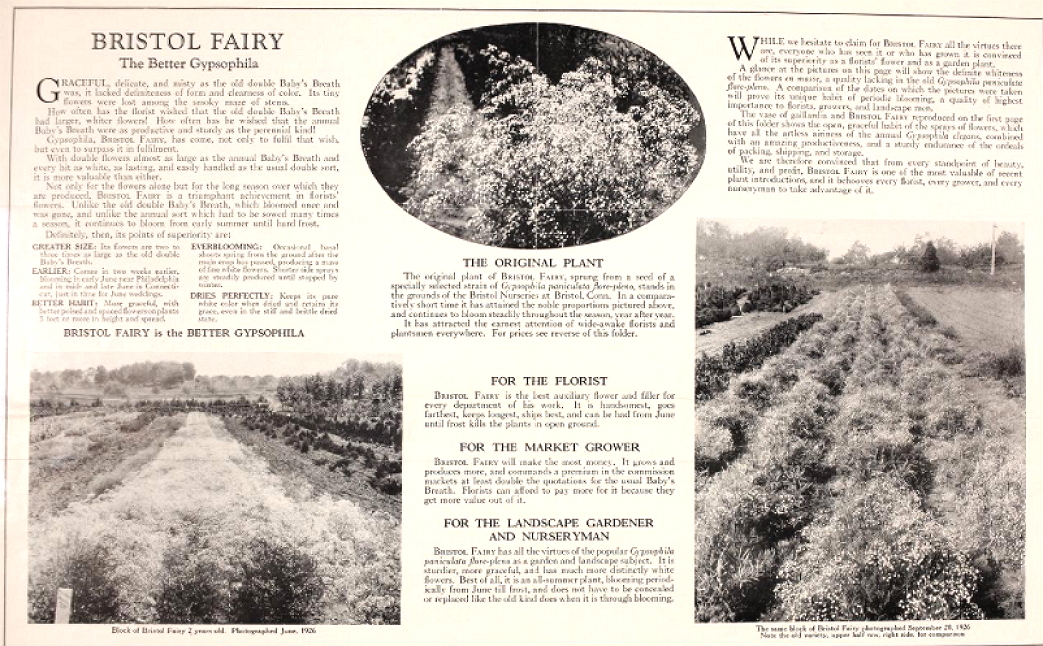
Many cultivars are older than we used to think. Recognize this Farfugium? It has been in the Western gardens since 1845 but under a different name. So why is the best name not Farfugium japonicum 'Grande' instead of 'Aureomaculatum'? That is because the epithet grande has priority only in the secondary or species position and not for the tertiary or infraspecific position.Since this is not a true species, the name published in Baileya is valid and best.

After hundreds of hours of study sometimes you just plain get lucky - something that usually requires hard work as the old saying goes. We stumbled on this reference to Monarda didyma 'Splendens', a old cultivar established in the literature and one we figured was surely lost. Not so! This article confirms it was also known as 'Cambridge Scarlet' the name we have today. But it's true, original name in Latin is valid and has priority. 'Cambridge Scarlet' is a rename.


This work has been reviewed by two graduate-level horticultural taxonomists and includes the input from more than 41 genera experts that we consult on a regular basis. You can be assured that the nomenclature is the most accurate possible and even presents alternative opinions when names change or changes are prposed. Each case is presented with explanations and literaure for those proposed changes. We except some and not others and tell you why.
Cultivar.org also works with many experts around the world such as Margaret Easter, International Registrar for the genus Thymus. We found out the British Thymus 'Argenteus', formerly a T. vulgaris, has white margins and is lemon scented. The American stock of 'Argenteus' is almost always spicy and classically thyme-scented. This "imposter clone" needed a new name and that is 'American Silver'. We document it with details and our original standard for the cultivar.
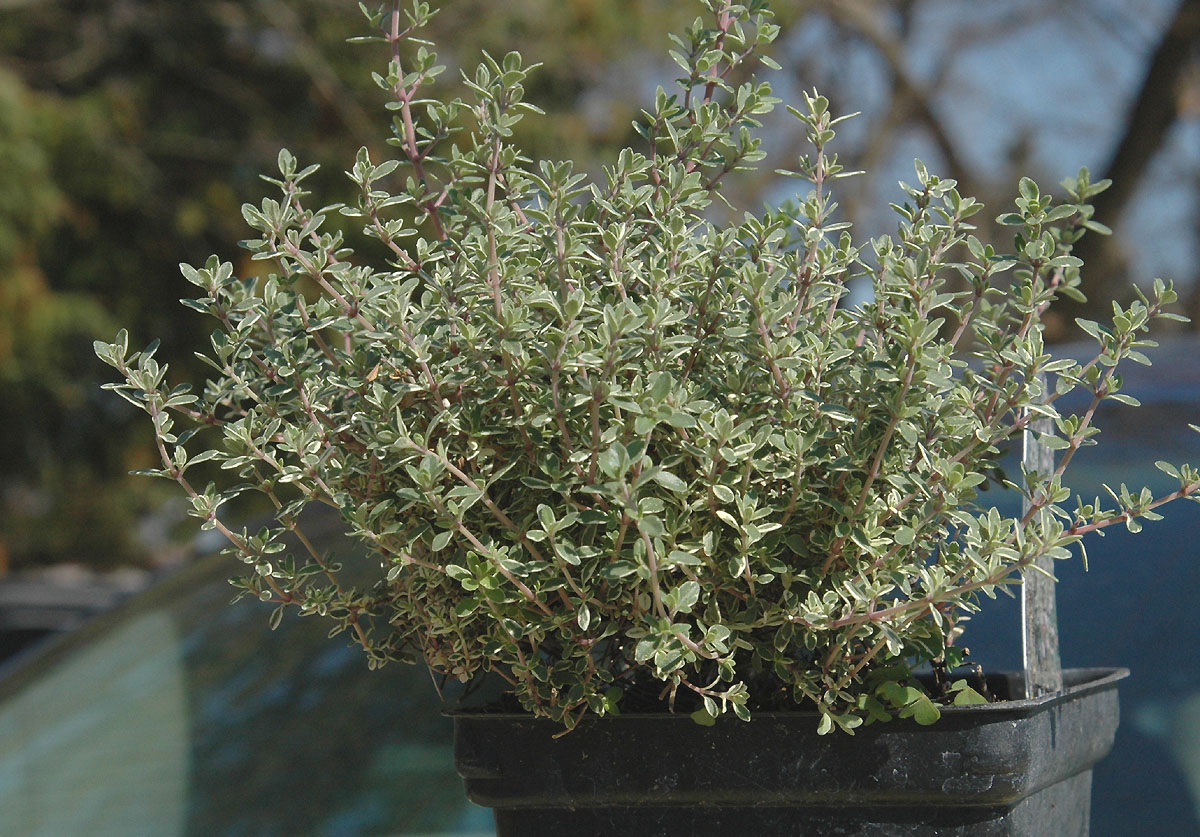
Each year we purchase scores of new or rare cultivars from reliable sources, verify they match descriptions, and then photograph them with either a flatbed graphics scanner or a quality digital camera. In this case, we did not have a good image of Sedum rupestre (reflexum) 'Variegatum' from our travels so we bought one, grew it on, and produced this lovely image.
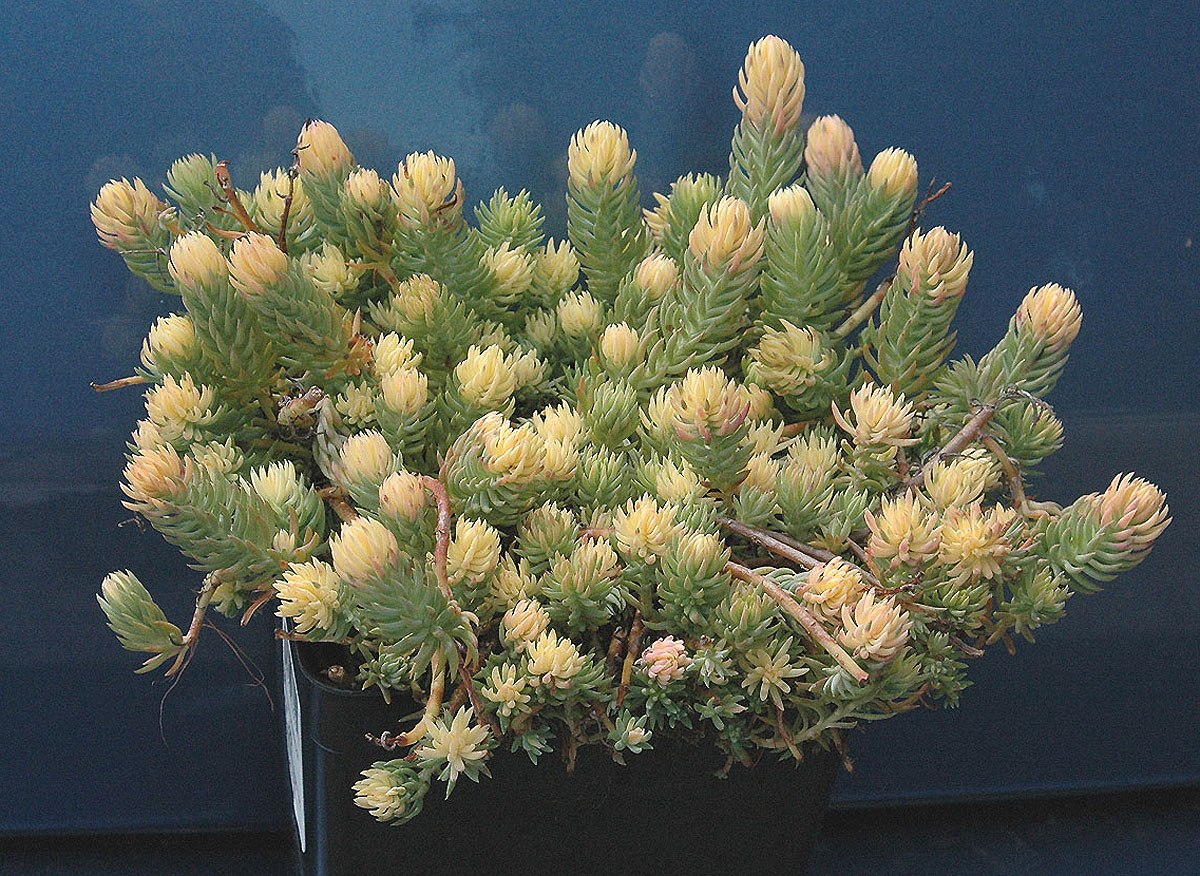
Did you notice we call the above plant Sedum rupestre instead of the massively popular Sedum reflexum? That is because our species and botanical names are checked with Kew Gardens database. They tell us S. reflexum should be known as Sedum rupestre or Petrosedum rupestre. Our Sedum experts do not accept the split genus so Sedum rupestre it is!
We also understand and appreciate that cultivars cannot be understood without a solid knowledge of their species, hybrids, and botanical taxa. For this reason, this series includes numerous identification keys to help us assign and position cultivars into the right botanical taxa - or at least make informed guesses. Hybrids being intermediate may not fit a classic key and that becomes apparent in a hurry! The Miscanthus and Monarda fistulosa keys below show the care and detail presented in this series, making us better informed and giving a strong scientific base to our love of perennials.

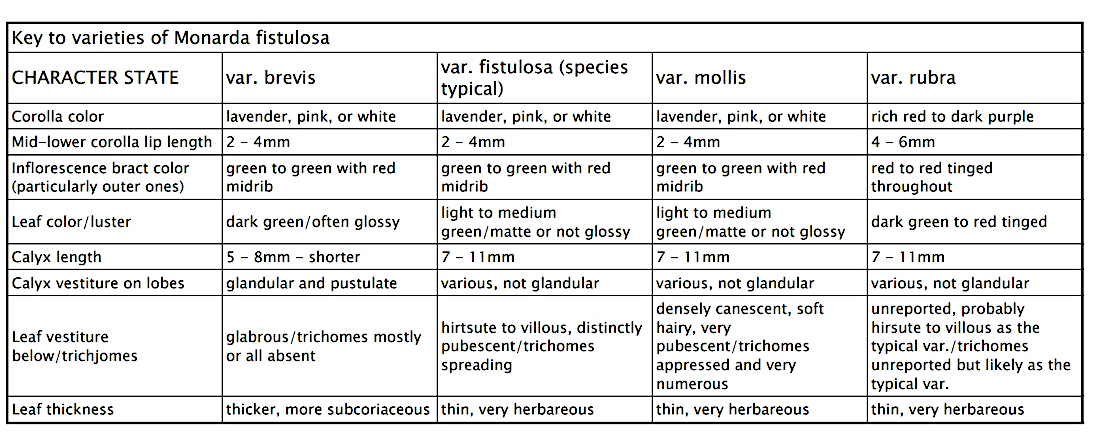

One of our jobs at cultivar.org is to document new cultivars such as Vinca major 'High Color', an improvement or variation of the narrowly margined 'Variegata'. We bought some stock and put it in a flatbed scanner for all to see. This kind of "living herbarium" with color standardization chips and a ruler for scale is part of the scientific quality work we do every day.

We also travel extensively to nurseries and notable perennial collections to learn about new cultivars and get excellent quality digital images of older ones. This one is from the originator's nursery so we know it's true to name.
We sometimes include new and exceedling rare cultivars that only a collector could love. This Farfugium combines mutations for the dragon leaf and the gold-spotted leaf. Only one or two plants are thought to be in the US.

We have visited and photographed at more than 147 gardens and nurseries to bring the very finest images to you. Occasionally a cultivar or species doesn't look as great as advertised and in faireness we show that too. The one below is Sedum sieboldii 'Nana'. Isn't this a lovely thing?

We are thorough and when studying the cultivars of a species we look at modern material and very old material. We have plants known since the 15th century and some introduced just recently for 2022-23. We were shocked to find these Bellis perennis cultivars from a publication dated 1620 with a rare, hand-painted plate. You never know what you'll find until you look. And we look everywhere for hundreds of hours a year. Our Volumes are full of treasures like this. In the study of perennials, the past must always inform the future.


Part of doing mature, ethical research is citing the work of those who have gone before. We always seek to honor those who have published cultivars before we did. Unlike so many perennial guides we are not compilers with a room full of students cutting and pasting data from the internet. We cite the pioneers in perennial research and add to it our own due diligence from the last four decades.
The majority of perennial books have a small general bibliography. We provide literature very specifically and under each genus and often for specific cultivars. There are links in both the print and digital versions because we use the same master files. Here are just a few of our academic style literature citations among hundreds in this series. This is one reason graduate students, university faculty, horticultural taxonomists, serious collectors, curators and plant accession officers who need to document names come to us for information.
li: Collicut, L.M. and C.G. Davidson. 1999. 'Petite Delight' Monarda.
li: HortScience 34(1): 149-150.
li: Tucker, A. and T. DeBaggio. 2000. The big book of herbs. Interweave Press.
li: Sharman, J. 1993. Some new variegated plants. The Sport. 11: 6."
li: Howard, T.M. 2001. Bulbs for warm climates. University of Texas Press, Austin.
li: Sieber, J. 1995. New registered cultivars of hardy perennials. ISU. 99.
li: Barnes, P. 1984. Trial of Vinca cultivars. Garden (RHS) 109: 426-429.
li: Gettys, L.A. and D.J. Werner. 2001. Genetic diversity and relatedness among cultivars of Stokes
li: aster. HortScience 36(7): 1323-1326.
li: Canadian Ornamental Plant Foundation. 1996. New plants column. COPF
li: News 8(2): 5
li: Fantz, Carey, Avent, Lattier et. al.. 2015, Inventory, descriptions, and keys to identification and segregation of Liriopogons cultivated
li: in the southeastern US. HortScience 50(7): 957-993.
li: Oudolf, P. 1993. Neue Monarda-sorten aus Holland. Gartenpraxis 2:
li: 8-16.
David, J.C., 2011. Nomenclature of intergeneric hybrids of Zephyranthes. Hanburyana, 5, pp.37-46.
li: Schmid, W.G. 2002. An encyclopedia of shade perennials. Timber Press.
li: p. 124
li: Yokoi, M. and Y. Hirose. 1978. Variegated Plants. Siebundo Shinkosha Pub. Ltd.
li: Macoun, W.T. 1908. List of herbaceous perennials tested in the arboretum and botanic
li: garden, Ottawa. Government Printing Bureau (Canada)
li: Buckley, A.R. 1977. Canadian garden perennials. Hanrock House. p. 28

Cultivars of Hardy Perennials is the work of four decades by leading horticultural taxonomist Larry Hatch who has grown and studied perennials since a boy of 10 years old, ordering new things from catalogs and after getting a local garden center job at age 16, he'd amassed a backyard collection of 325 different perennials. The garden center manager said those little boxed perennials weren't selling well enough so Larry plunked down a precious $40 for the entire lot, adding another 60 or so species. Yes, most of them lived and thrived. And how many people you know grew their ferns and wildflowers under a Fagus sylvatica 'Cristata' and Acer tegmentosum in 1970? These were added to the treasures his mother and grandmother grew in their gardens already. Their city garden of a half acre was soon a small botanical garden. Dad initially complained about the 25 or beds which used to be a lawn but then again he no longer had to mow as much. And then again it had the same perennials from his mother's garden moved from Naples to Syracuse, New York. More than 375 Sempervivum taxa in a new rock garden came along by age 18 as did scores more perennials and ornamental herbs.
Years at SUNY Farmingdale ("the Harvard of two year nursery management programs"), Cornell University (Horticulture, plant materials focus), and North Carolina State University (M.S. horticultural taxonomy) cemented his love and knowledge of hardy garden perennials, working in the three fine college gardens at each institution and learning from the great gardens and nurseries of New York, New Jersey, Pennsylvania, and North Carolina. Regular trips to Roslyn Nursery, Viettes, Behnkes, Plant Delights, and Carroll Gardens were always mind-blowing and informative. In 1983 he wrote the Reference Guide to Ornamental Plant Cultivars to serve as a supplement to leading reference books, adding new cultivars and research papers. In the 1990's, Larry and a small new company called Taxonomy Computer Research created PC-Peren™, the first plant selection software program specifically for perennials and the only one for years with cultivar-specific data and recommendations. It even included clickable, internet links to buy new cultivars, the fist garden software with this kind of feature. This was even offered by Timber Press to a worldwide audience. About this same time the New Plant Page started on the internet, given internet links on places offering new cultivars and taxa of trees, shrubs, and perennials. Breeders, cultivar developments, and collectors started sending in their new plants because this website got attention from millions of viewers in 128 countries. This is believed to be the first ever internet site to include new plant source link. Then digital photography became affordable and that made Hatch's Perennials, a digtal guide to the best perennials in HTML and PDF a more valuable idea. It was embraced by libraries, curators, nurserymen, designers, students, and a wide range of plant people. The outdated perennial book was now a thing of the past and with regular updates (which no print book could offer), subscribers learned about the latest and greatest perennials about 25 times a year. Now at age 63, Larry has moved his huge perennial cultivar files to print form while still offering the digital PDF version to take everywhere on your phone, tablet, or laptop. He continues to work with the volunteers at Cultivar.org to update files every single week.
